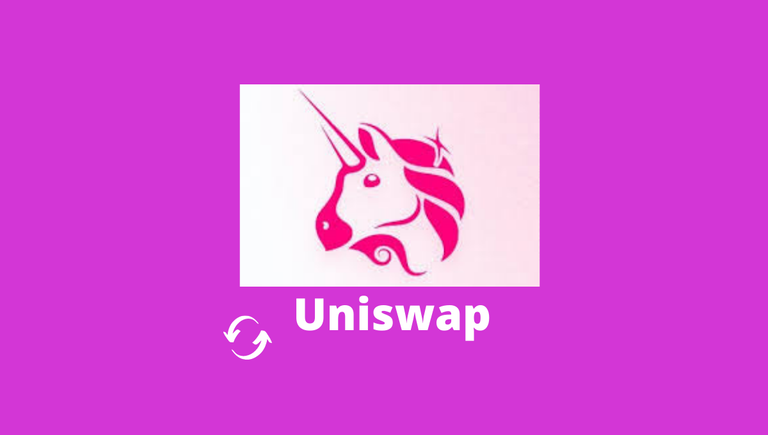
In decentralized finance, and in the overall blockchain sector, what has always mattered is that the protocol survives beyond the scope of the current software it runs within. As a result, we have seen massive adaptations after adoption of the first instance of a successful protocol. For example, The bitcoin protocol has morphed into multiple different protocols and chains, and coins over the past 12+ years. Similarly, other token protocols have morphed.
However, within the scope of liquidity pools and decentralized exchanges, the feat accomplished by Hayden's Uniswap protocol is a story unto itself. For example, when uniswap was released it received significant adoption since it offered ordinary retail users a chance to invest their coins and earn some interest from liquidity pools. This market making wherein retail individuals would park their coins in liquidity pools became a significant component of the decentralized economy and the protocol's did not depend on a single team of individuals, or a single peice of software or even a common user interface. This software system runs autonomously, is governed by a decentralized team, and is managed and maintained by a globally distributed software team. While core protocol specifications and modifications to these specifications are the responsibility of a central organization, the development and user interface is completely decentralized.
When uniswap.org raised their first external investment from the professional VC community which required KYC, AML etc. adherence, the community that engaged with the code, decided to fork off and overnight several instances or clones of the uniswap started operating. True decentralization just needs an individual to login or connect with his/her own wallet, and does not need a login ID or password to access the services of the decentralized application.
In a short timeframe there are more than 100 uniswap protocol applications, some running on hosted services like zapper.fi. Some running within the context of the mobile phone apps such as moonswap. Some even running with their own separate unlinked liqudity pools like sushiswap. What matters is that the input to the liquidity pools in the form of token pairs are sourced from a variety of user interfaces such as zapper.fi or aave. The more the Decentralized applications that run on the same protocol - irrespective of the user interface or the mode of operating (mobile app, web app, hosted application, windows application) the more the protocol's life extends.
The network effects of such a protocol - that survives beyond its source and provides access to users globally, - i.e., virtually anyone connected to the internet - is going to give this a life beyond what has been explained or thought of as possible in traditional software development lifecycle thoeries. There is virtually not going to be an End of Life or a single point of maintainence.
Posted from my blog with SteemPress : https://www.cryptonewtech.com/2020/11/30/uniswap-and-the-life-of-a-protocol/